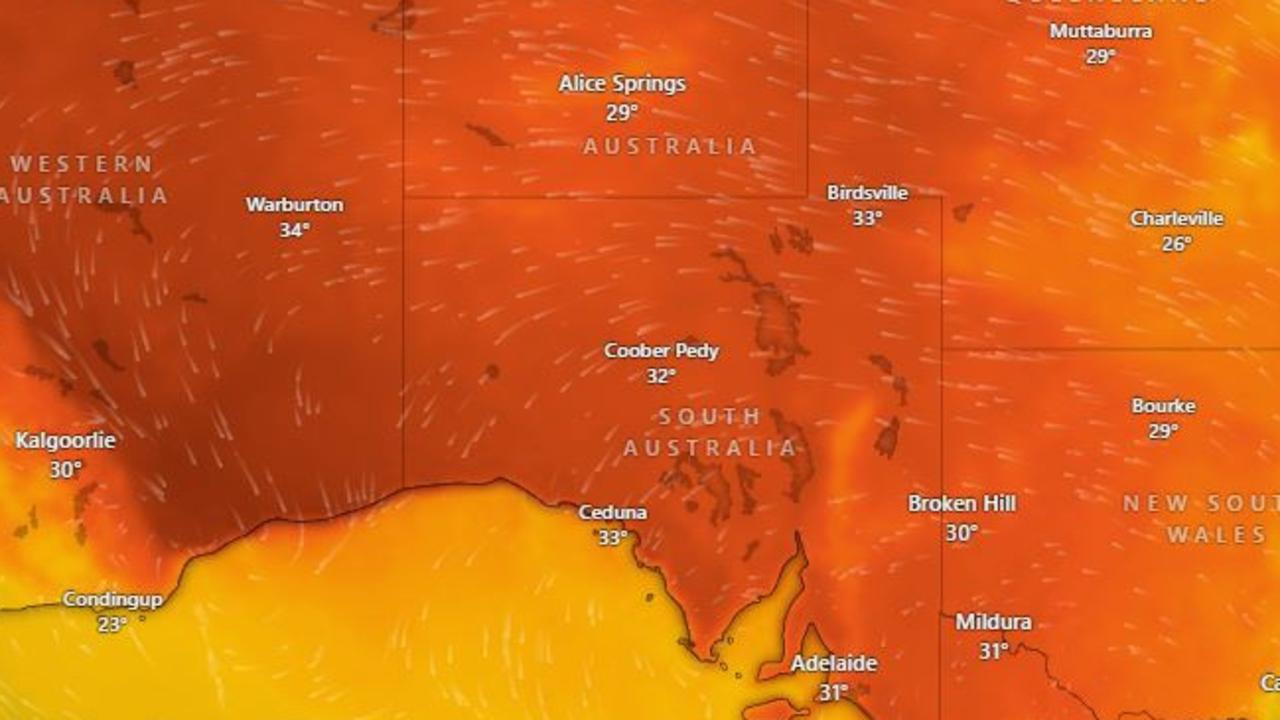Images reveal devastating impact of South Korean floods
The death toll from record rains that lashed the capital Seoul has exposed the extreme vulnerability of the city’s poor who dwell underground.
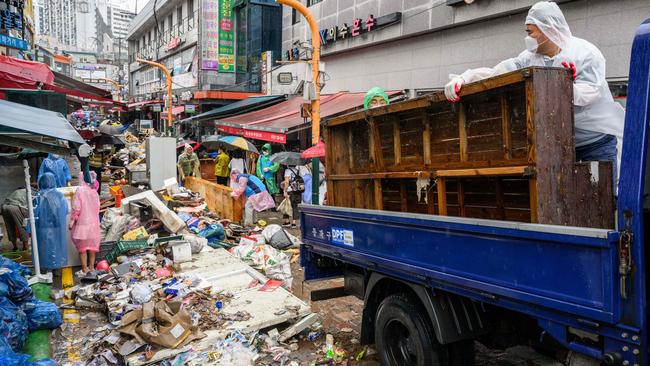
Weather
Don't miss out on the headlines from Weather. Followed categories will be added to My News.
At least nine people are dead and seven others are missing after the South Korean capital Seoul was lashed with devastating rainfall which triggered fatal floods.
Record-breaking rain has devastated the affluent streets of Seoul’s Gangnam district – made internationally famous by Psy’s song Gangnam Style – and has flooded major roads and metro stations and ruined homes, officials said.
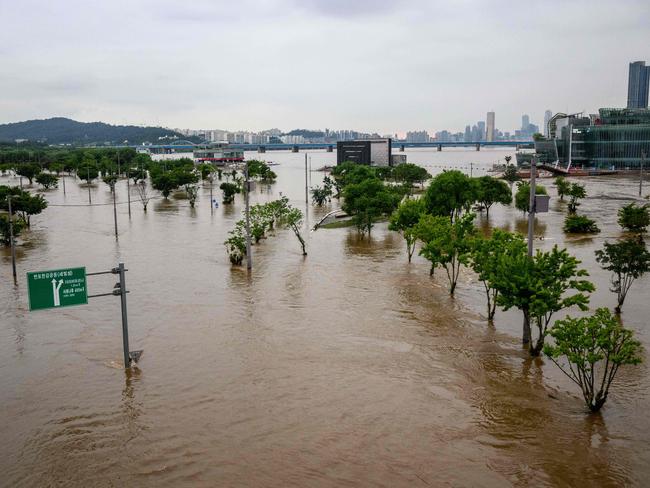
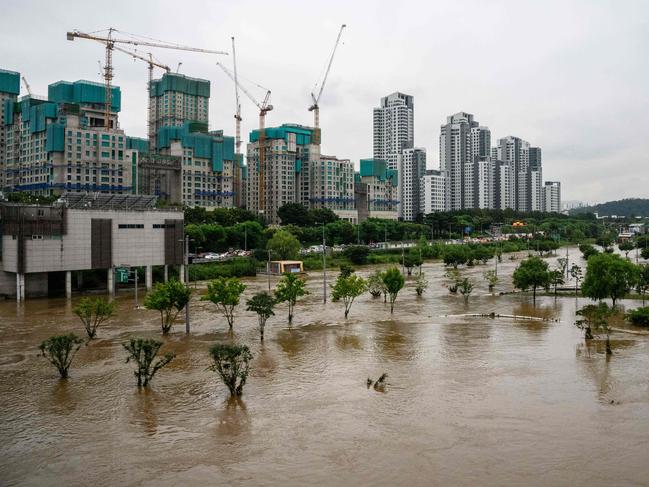
In shocking images that look like scenes from South Korean horror film Parasite, the damaged remains of shops, stalls and homes litter the streets of Gangnam’s Namseong Market.


The torrential downpour began on Monday morning (local time) and is the heaviest rainfall the nation has seen since weather observation began 115 years ago – forcing more than 790 people to evacuate their homes.
Parts of the city recorded 10cm of rain while the Dongjak district recorded more than 14.2cm, breaking records set in 1942, according to Korea’s Meteorological Administration (KMA).
South Korean President Yoon Suk-yeol apologised for the “inconvenience” caused by the floods.
“There are a total of 16 casualties, including nine deaths and seven missing,” an Interior Ministry official spokesman told AFP.

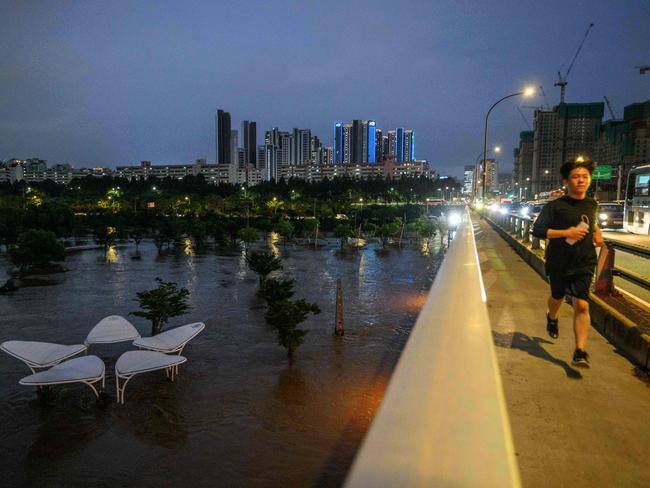
Among the nine victims, three died while trapped in their flooded semi-basement apartment, a banjiha, according to the ministry. Local reports say the victims were a teenager, her mother and her aunt.
President Yoon visited the banjiha apartment on Tuesday (local time) and acknowledged South Koreans have “suffered a lot of damage”.
Hundreds of people across Seoul live in the subterranean apartments that were the focal point of Oscar award-winning film Parasite. The film shone a light on the deep social and economic disparities felt by those who are forced to live underground by Korea’s high cost of living pressures.
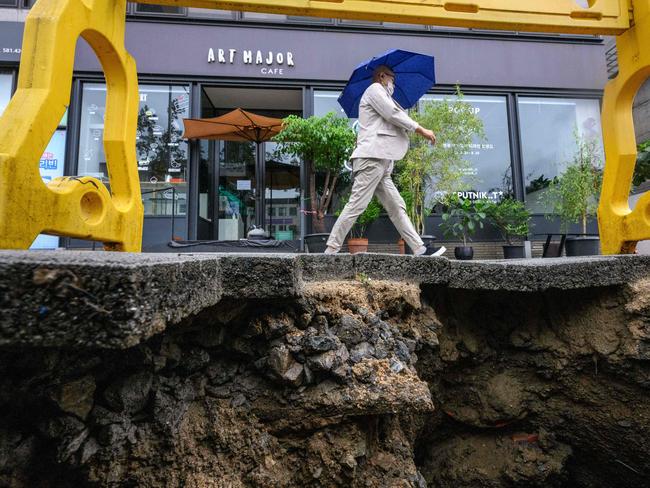
Another victim is believed to have died after being electrocuted while removing a tree from a sidewalk. Other victims include a person who was found under the wreckage of a bus stop and another who was buried under his home in a landslide.
At a separate government meeting, President Yoon told officials to pay special attention to the most vulnerable.
“Those who struggle financially or with physical difficulties are bound to be more vulnerable to natural disasters,” he said.
By Tuesday, most of the city’s metropolitan subway services were operating as normal, but around 80 roads and dozens of riverside parking lots remained closed due to safety concerns.
President Yoon has called on the public to make adjustments to their commuting times as the city works to restore flood-affected areas.
He is facing criticism for not attending the government’s emergency control centre when the
downpour started, with local media reporting that it was due to flooding around his home.
However his office has denied the claim, saying he decided to stay home because his team were responding instead.
Originally published as Images reveal devastating impact of South Korean floods



